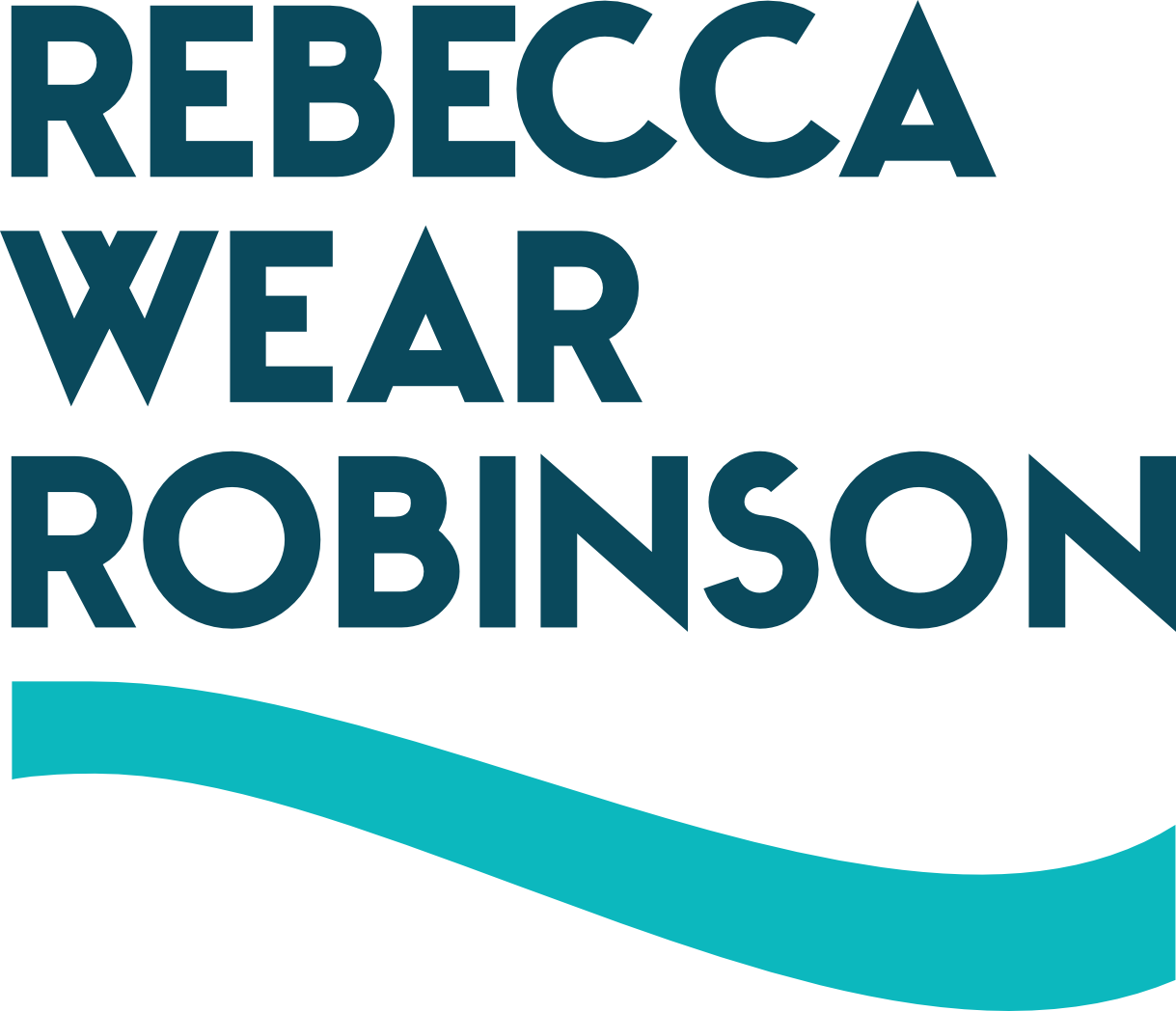In or Out
Should change come from inside the system or outside the system?
There is no one path for change. Even what appears to be rapid and unpredictable change is the result of consistent pressure. Think of an earthquake. Fast, dramatic, and definitive change to the landscape. The shaking of the earthquake occurs when underground rock breaks and there is rapid motion along a fault. But that breaking and motion only comes because the rocks are under pressure. Sustained pressure.
Social change is the same - it comes from sustained pressure. The question is, where to best apply the pressure?
Pressure can be applied from inside the system, or outside the system.
Inside
Applying pressure from inside the system involves working for the government, a corporation, nonprofit or NGO. The advantages are learning the system, the strengths and weaknesses. Identifying the cracks and applying pressure to those cracks until change begins to occur. It’s using a chisel to work away at inequities and injustices and change.
The inside chisel approach is effective. It’s changing the system gradually but relentlessly, until the system shifts decisively. The UN is a chisel, as are treaties, and agreements like the United Nations Convention on the Rights of the Child (which only the U.S. has not ratified). The recent pandemic shift to work-from-home will prove to be a chisel for change. 61% of remote workers favor a hybrid approach, not going back to the office full-time. This shift will alter the landscape for childcare, recreation, the clothing industry, commercial real estate, and how work is evaluated, possibly even leveling the playing field for women and minorities as the quantity and quality of the work is more visible than who did the work.
The downside of the chisel approach is that it takes time, and when the change finally occurs, the change might already be outdated.
Outside
Pushing for change outside the system can involve marching, writing, protesting, being an independent, or aligning with organizations whose stated goal is to dismantle the system. The outside approach is challenging the status quo and taking a sledgehammer to damaging ideas and practices. The advantages of the outside sledgehammer approach is that it is rapid, because sometimes entire systems need to be changed. Think the need for the 13th Amendment. The 19th Amendment.
The downside of the outside sledgehammer approach is that the good is destroyed along with the bad. It’s fairly rare for an entire system to be bad, to have no redeeming qualities which should be carried forward. It’s faster and easier to destroy than to build, so the focus becomes destruction, not growth. Think first social media companies.
The most effective activists either understand how to create change from the inside and the outside. Either they’ve worked both sides, or they partner with people who understand both sides. They work inside to understand the strengths and weaknesses, find the fault lines, and chisel away before partnering with the outside activists to apply laser focus with their sledgehammers.
Who are you?
Integrating both inside and outside influence is most effective in creating sustainable, measurable change. It’s ideal to have partnerships or hands-on understanding of both approaches, but to be most effective as an activist, know thyself. Are you wired more to be an inside or an outside agent for change? Understand and leverage your strengths accordingly.

